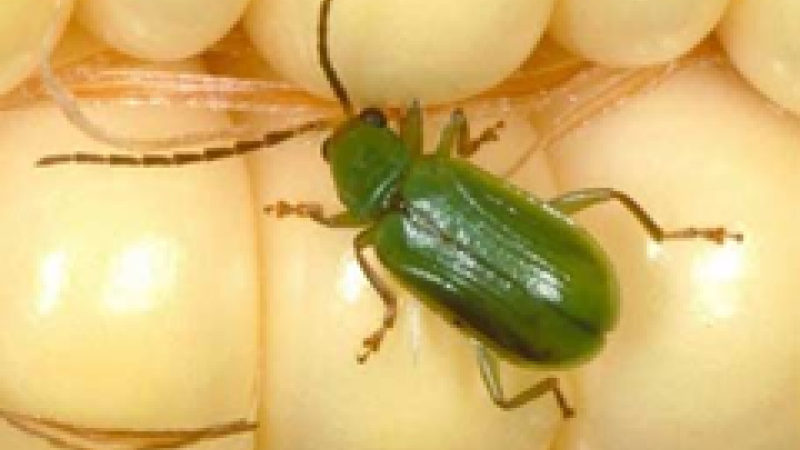Dangers to Planting in Cold, Wet Soils
This Spring is not being overly cooperative to most of Hoegemeyer’s footprint, the Western Corn Belt. In the coming weeks, the ground will slowly start to dry out and warm up, we feel it’s an important reminder that the planting date may not be as important as making sure soil conditions permit a healthy, unharmed stand of crops.
Several problems may surface when corn is planted into inadequate conditions. These problems can also cause a ripple effect long into the growing season.
- Sidewall compaction has a big effect on both nutrient uptake and root strength. While we normally relate sidewall compaction to nutrient uptake and stunted growth, it can also be highly detrimental later in the year due to root lodging from insufficient root growth. Sidewall compaction is more of an issue in heavier soils, so if you have highly variable soils in your area it is important to keep that in mind.
- Many seedling diseases enjoy the wet environment a lot of corn may be planted into this Spring. While our standard LumiGEN™ seed treatment can considerably control many of these diseases, it is important to remember that these cool, wet conditions do not help its case.
We understand it is hard to stay out of the field and lay idle after that first-planting insurance date passes, but the yield loss from compaction and diseases will be much higher than the lost GDUs from trying to get the corn planted early. Be patient and make sure your fields’ moisture conditions are right and soil temperatures are at least 50 degrees Fahrenheit consistently throughout the field to ensure a quick and even emergence.

